Nickel-metal hydride (NiMH) batteries are the smarter, more cost-effective choice for most everyday low-power devices.
For high-tech, power-hungry gadgets where performance and low weight are paramount, Lithium-ion (Li-ion) is the winner.
The best battery is the one that fits your specific need, and we’re here to help you figure that out.
Table of Contents
- What's the Real Difference Between NiMH and Lithium-Ion Batteries?
- Which Battery Lasts Longer, Li-Ion or NiMH?
- Are Lithium Batteries Better Than NiMH for All Devices?
- Can I Use a Lithium Charger for NiMH Batteries?
- Cost Difference: Li-ion vs. NiMH Battery
- Our #1 Piece of Advice
- FAQ
What's the Real Difference Between NiMH and Lithium-Ion Batteries?
The difference between Li-ion and NiMH battery technology all comes down to their internal makeup and how they store and deliver power.
A Quick Look at the Chemistry
Nickel-Metal Hydride (NiMH)
A NiMH battery is like a sedan in the battery world. It's reliable, safe, and gets the job done without a fuss.
These batteries use a nickel oxyhydroxide cathode and a hydrogen-absorbing alloy (the anode) to store energy.
They are the direct successors to the older Nickel-Cadmium (NiCd) batteries but without the toxic cadmium, making them a more environmentally sound choice for your household gadgets.
They are ideal for devices that require a steady and consistent power source over an extended period.
Lithium-Ion (Li-ion): The High-Energy Modern Standard
If NiMH is the sedan, then Li-ion is the high-performance sports car.
It's lighter, packs more power for its size, and is the driving force behind most of today’s high-end electronics, from your smartphone to electric vehicles.
These batteries rely on the movement of lithium ions. During discharge, lithium ions move from the negative electrode (anode) through the electrolyte to the positive electrode (cathode), while electrons flow through the external circuit, generating an electric current.
This highly efficient process is why Li-ion can boast such impressive performance stats.
At-a-Glance Comparison: NiMH vs. Li-ion
Here is a clear breakdown of the NIMH battery vs lithium-ion specs.
|
Feature |
EBL NiMH Batteries |
EBL Lithium-Ion Batteries |
|
Nominal Voltage |
||
|
Energy Density |
Good (60-120 Wh/kg) |
Excellent (150-250 Wh/kg) |
|
Self-Discharge Rate |
High (15-30% per month) |
Very Low (1-3% per month) |
|
Cycle Life |
Very Good (500-1000+ cycles) |
Excellent (1000-2000+ cycles) |
|
Best For |
Everyday devices, toys, remotes |
|
|
Cost |
Lower upfront cost |
Higher upfront cost |
|
Environmental Note |
Recyclable, no toxic heavy metals |
Recyclable, requires specific handling |
This voltage difference and Energy Density are the primary reasons the two are not interchangeable. Trying to power a 1.2V device with a 3.7V battery is a recipe for a bad day and a fried circuit board.
Which Battery Lasts Longer, Li-Ion or NiMH?
When we talk about how long a battery "lasts," we're actually juggling two different ideas: its overall lifespan and how long it holds a charge on the shelf.
To get to the bottom of the lithium-ion battery vs NiMH lifespan debate, we first need to break down these two concepts.
Cycle Life vs. Shelf Life
Cycle life is the number of times you can recharge a battery before it starts to lose significant capacity. It’s like the total mileage you can get out of a car before it's ready for the scrapyard.
Every time you charge and discharge a battery, it causes a tiny amount of wear and tear. Factors like temperature and charge level can affect this lifespan.
Shelf life, on the other hand, refers to how long a battery can sit on a shelf and still retain its power. This is also known as the self-discharge rate.
Have you ever grabbed a flashlight from the back of a drawer only to find it dim or dead? That’s self-discharge at work.
For NIMH vs lithium rechargeable batteries, the difference here is dramatic.
The Winner for Longevity
Li-ion batteries generally have a longer overall lifespan.
An EBL Li-ion battery can typically be recharged 1000-2000 times before its capacity drops to 80%.
They also have an incredibly low self-discharge rate, losing only 1-3% of their charge per month. This makes them perfect for emergency equipment or devices you don't use every day.
EBL NiMH batteries are no slouches, though!
They are workhorses that can endure 500-1000+ recharge cycles, which is fantastic for high-use items like gaming controllers or wireless keyboards.
EBL low self-discharge NiMH batteries hold up to 80% of their charge for a full year.
So, while Li-ion technically wins the longevity race, the right choice depends on your use case.
Are Lithium Batteries Better Than NiMH for All Devices?
Choosing the right battery isn't about picking the most powerful one, but the smartest one for your needs.
Not Always! It’s About the Right Tool for the Job.
You wouldn't use a sledgehammer to hang a picture frame, right? The same logic applies here.
Forcing a high-performance Li-ion battery into a simple device can be overkill and, in some cases, less effective than using its reliable NiMH counterpart.
The real secret to battery mastery is matching the battery’s strengths to the device's demands. As the saying goes, "Different horses for different courses."
When to Choose NiMH Batteries
NiMH rechargeable batteries are the perfect blend of value, reliability, and environmental responsibility. Here’s where they truly shine:
- Low-Drain Devices: TV remotes, wall clocks, wireless keyboards, and computer mice. These devices need a small, steady stream of power. NiMH AA and AAA batteries are ideal here, providing consistent voltage and saving you a fortune compared to disposable alkalines.
- Safety-First Applications: For any parent, safety is paramount. When it comes to your children's toys, remote-controlled cars, or handheld games, NiMH is the champion. Their stable chemistry is incredibly safe and robust, giving you peace of mind.
- Budget-Conscious Power: Let's do some quick math. A single EBL NiMH AA battery can be recharged over 1,000 times. That one battery can replace a mountain of over 1,000 single-use alkaline batteries. For the savvy shoppers and users in our audience, the long-term savings are impossible to ignore.
When to Choose Lithium-Ion Batteries
When your gear demands a surge of power and every ounce of weight matters, it's time to call in the Lithium-ion:
- High-Drain Devices: For the "shutterbugs" and professional photographers among us, this is critical. A high-powered camera flash needs to recycle in a split second. A standard NiMH might struggle to keep up, but a Li-ion battery delivers the intense burst of energy required to get the perfect shot, every time. The same applies to power tools, drones, and high-performance LED flashlights.
- Lightweight Needs: If you're a travel buff or a tech enthusiast who values portability, the high energy density of Li-ion is a game-changer. They pack more power into a smaller, lighter package, which is exactly what you want for portable power banks, high-end RC cars, and other electronics you carry with you.
- Long-Term Storage: Because they lose so little charge over time, Li-ion batteries are ideal for your in-case-of-emergency kit. A fully charged Li-ion powered flashlight or radio will be ready to go months—or even a year—after you store it.
Can I Use a Lithium Charger for NiMH Batteries?
It’s not just a matter of performance; it’s a matter of safety.
You've got your new batteries, and you see a charger on your desk. It fits, so it must work, right?
Wrong. This is one of the most common and dangerous mistakes we see people make.
Unless you have a charger specifically designed to handle both.
A Firm No, and Here’s Why
Plugging a NiMH battery into a standard Li-ion charger is a recipe for disaster. The two battery types operate on completely different charging principles.
- Voltage Differences: A NiMH cell has a nominal voltage of 1.2V, while a Li-ion cell is typically 3.7V. A Li-ion charger is designed to deliver a much higher voltage, which will overwhelm and destroy a NiMH battery. This can cause the battery to overheat, leak, or even rupture.
- Charging Algorithms: Li-ion chargers use a method called Constant Current/Constant Voltage (CC/CV). They charge with a steady current until the battery reaches a specific voltage, then hold that voltage steady until the current drops. NiMH chargers, on the other hand, look for a slight voltage drop (a phenomenon known as Negative Delta V, or -ΔV) to know when the battery is full. Using the wrong algorithm means the charger will never get the signal to stop, leading to dangerous overcharging.
Here is a short video that helps visualize what can happen when a battery is overcharged:
EBL Pro-Tip
Instead of cluttering your drawers with a dozen different chargers, the smart move is to invest in a high-quality universal charger.
As tech enthusiasts ourselves, we understand the need for streamlined, efficient gear. That’s why we developed EBL smart chargers.
These advanced chargers are equipped with microprocessors that automatically detect the battery chemistry (whether it's NiMH, Ni-Cd, or even certain Li-ion types) and deliver the precise voltage and charging algorithm required. It takes the guesswork and the danger out of the equation, ensuring every battery is charged safely and efficiently, maximizing its lifespan.
Cost Difference: Li-ion vs. NiMH Battery
When you're deciding between battery types, the sticker price is often the first thing you see. But the true cost of a battery goes far beyond that initial purchase. It's an equation that includes long-term value and, just as importantly, environmental impact.
To make the smartest financial and ethical choice, we need to compare not just in dollars, but in overall value and sustainability.
Upfront Cost vs. Long-Term Value
There’s no getting around it: NiMH batteries have a lower upfront cost.
You can buy a pack of high-quality EBL NiMH rechargeable batteries for a very reasonable price. They are incredibly appealing for powering multiple household devices without breaking the bank.
Li-ion batteries, with their complex chemistry and higher performance, come with a higher initial price tag. For a professional who needs the absolute best performance from their gear, this is often seen as a necessity.
True value is calculated over the lifetime of the product.
The rechargeable batteries become less about which is cheaper today and more about which is smarter for the year.
The Eco-Friendly Choice
This is where our passion truly lies. Since we started EBL back in 1998, our mission has been about more than just power; it’s been about providing that power responsibly.
Every year, billions of single-use alkaline batteries are thrown away in the United States alone, ending up in landfills where they can leach harmful materials into the soil and water.
This is why we champion our slogan: "Recharge, Don't Toss!"
By choosing to use our rechargeable batteries, you are making a powerful statement. You are actively participating in reducing waste.
One single EBL rechargeable battery can take the place of hundreds, sometimes thousands, of disposable batteries. This aligns with a core principle of environmental stewardship: reduction and reuse.
It’s a small change in your buying habits that creates a massive positive impact, helping us all work towards our goal of "Greater Power, Less Pollution."
Cost and conscience are powerful motivators. But after being in this business for over two decades, we've learned that the most important factor is simply having the wisdom to make an informed choice.
Our #1 Piece of Advice
One truth has remained constant: the "best" battery is a myth. The only thing that matters is finding the right battery for you.
After more than two decades of innovation and listening to our customers, our number one piece of advice is refreshingly simple.
Match the Battery to Your Needs, Not the Hype
In a world full of marketing buzzwords, it's easy to get caught up in the hype. You might hear that you must have lithium-ion for everything. But as we've shown, that's not the case.
The single most important thing you can do is take 30 seconds to think about the device you're powering. Is it a high-drain, performance-critical piece of tech? Or is it a simple, everyday item? Answering that one question will guide you to the perfect choice every time.
Don't pay for performance you don't need, and don't settle for less power when your device demands it. The real expert is the person who confidently chooses the right tool for the job.
Ready to Power Up?
Whether your day calls for the steady, reliable power of NiMH or the intense, lightweight energy of Lithium-ion, our team at EBL has spent over 20 years perfecting a solution for you.
We're committed to providing the highest quality, most reliable batteries, so you can focus on what matters—living your life, powered and ready.
Choose the Best Fit for Your Use Case
So, when it comes to the NiMH vs Lithium-ion debate, there’s no single champion. Each battery type has a distinct role to play in our increasingly connected world.
NiMH batteries are your eco-friendly, cost-effective solution for countless everyday devices, saving you money and reducing waste.
Lithium-ion batteries provide the lightweight, high-intensity power that modern, high-drain technology craves.
The power to choose correctly is now in your hands.
Whatever your needs are, EBL is here to back you up with reliable, long-lasting power, just as we have been since 1998.
FAQ
What kills NiMH batteries?
The biggest culprits are overcharging and high heat. Using a "dumb" charger that doesn't shut off or storing batteries in a hot place can quickly ruin them.
How to prolong NiMH battery life?
Use a smart charger to avoid overcharging, and don't drain them empty before recharging. Storing them in a cool, dry place will also help preserve their long-term health.
When to replace NiMH batteries?
It's time for a replacement when the battery can no longer hold a useful charge. If a battery that once lasted for weeks in your remote now dies in a day, it's time for a new one.
Is it okay to leave NiMH batteries fully charged?
It's best not to leave them on the charger for extended periods after they are full. Once charged, remove them to prevent heat buildup and maintain their capacity.
What kills lithium-ion batteries?
Extreme heat, physical damage like being punctured, and completely draining the battery to zero are its worst enemies. Consistently charging to 100% or letting it die completely will also shorten its lifespan.
Is slow charging bad for lithium-ion batteries?
No, quite the opposite; slow charging is better for lithium-ion batteries. It generates less heat and stress, which helps to preserve the battery's overall health and longevity.
Why is my lithium battery draining so fast?
Fast draining is often caused by a power-hungry app running in the background, a weak cellular signal making your device work harder, or simply an old battery that has degraded. Extreme hot or cold temperatures will also significantly impact its performance.
When not to use lithium batteries?
Avoid using lithium-ion batteries in electronics specifically designed for the lower voltage of NiMH or alkaline batteries. The higher voltage from a Li-ion cell can permanently damage devices that aren't built to handle it.
What is the best way to prolong the life of a lithium battery?
Try to keep the battery's charge level between 20% and 80% as much as possible. Performing partial charges and discharges is much healthier for the battery than running full 0% to 100% cycles.
How can you tell if a lithium battery is good or bad?
A bad lithium battery will often show physical signs of swelling or bulging. Other signs include a drastically reduced battery life or your device shutting off unexpectedly, even when it shows charge remaining.

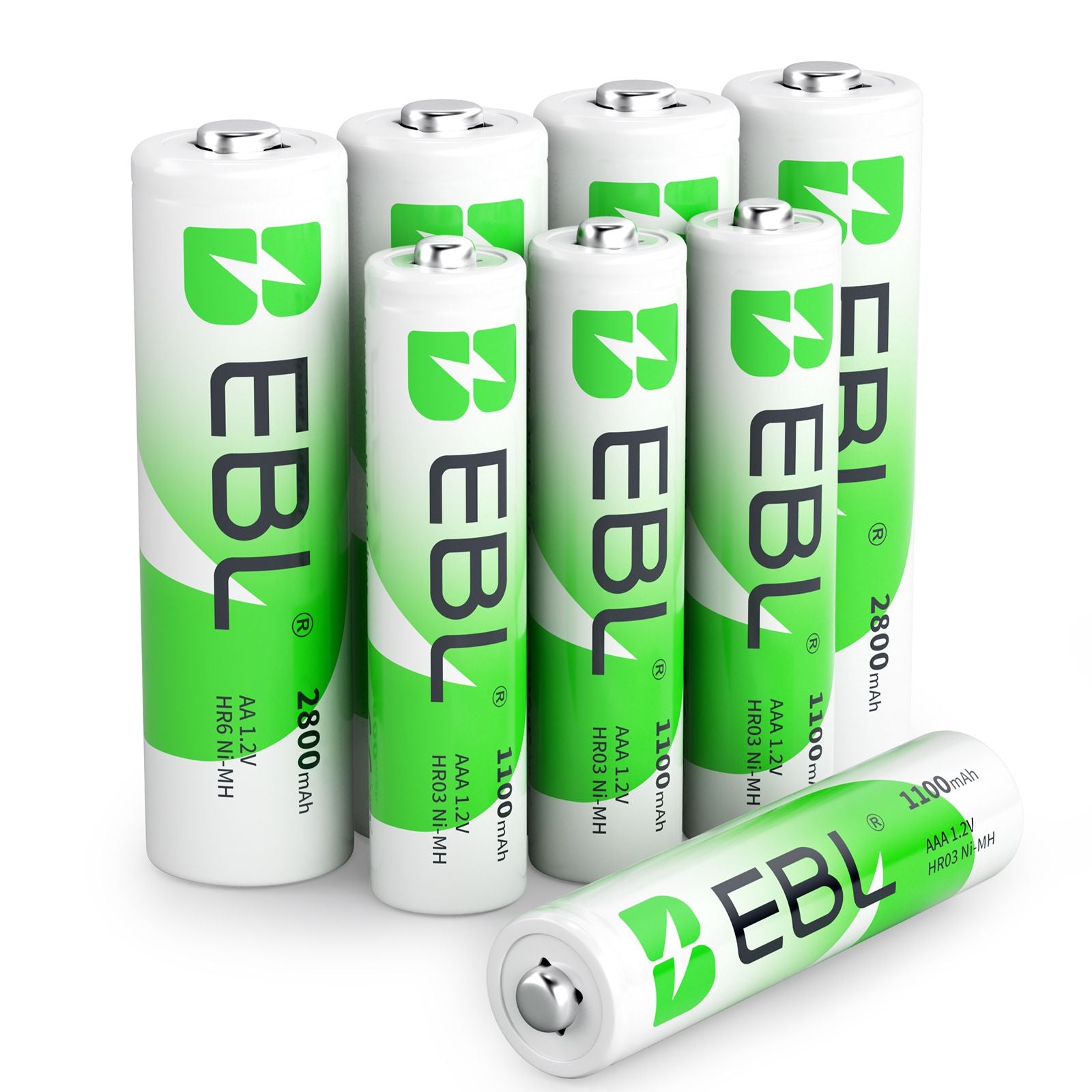

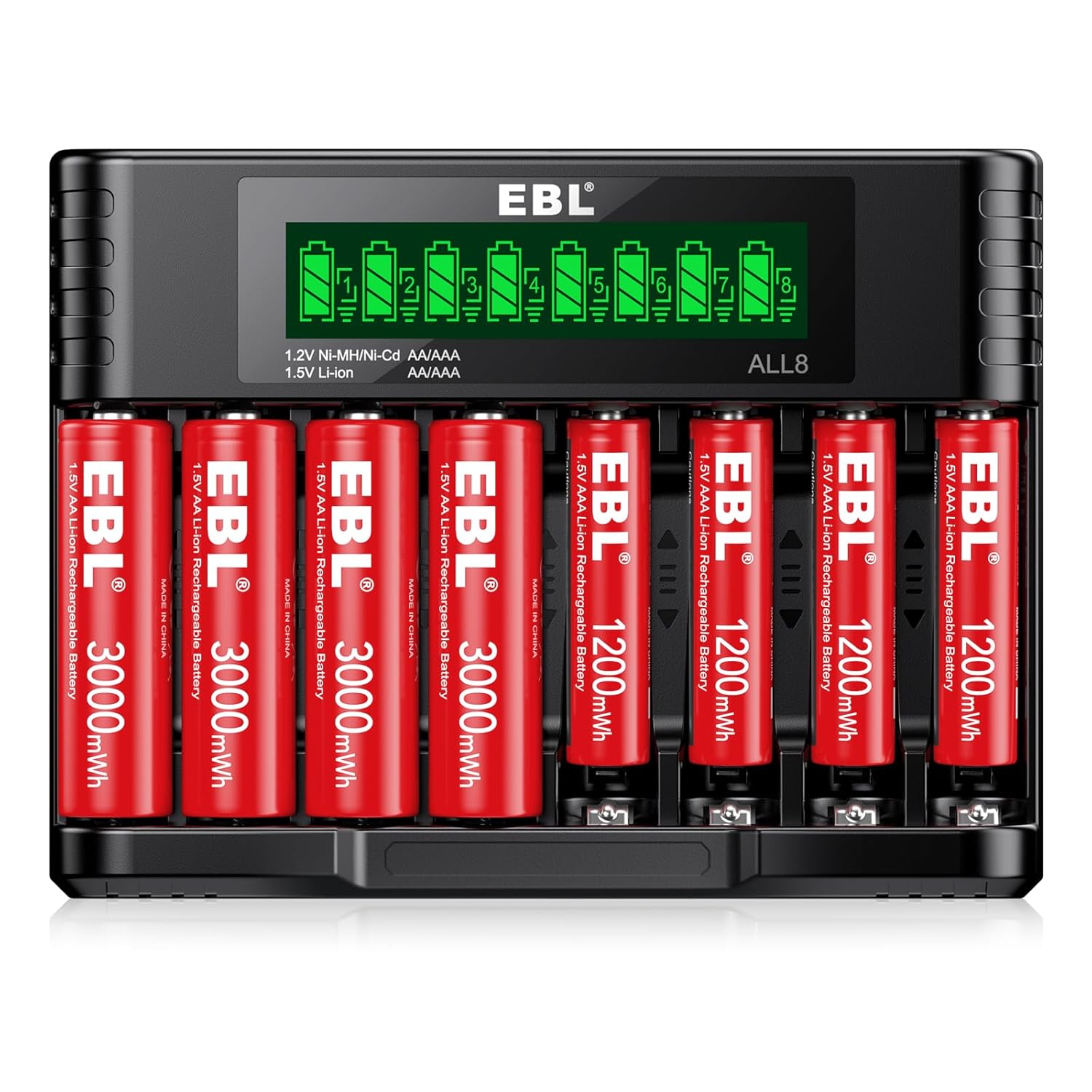
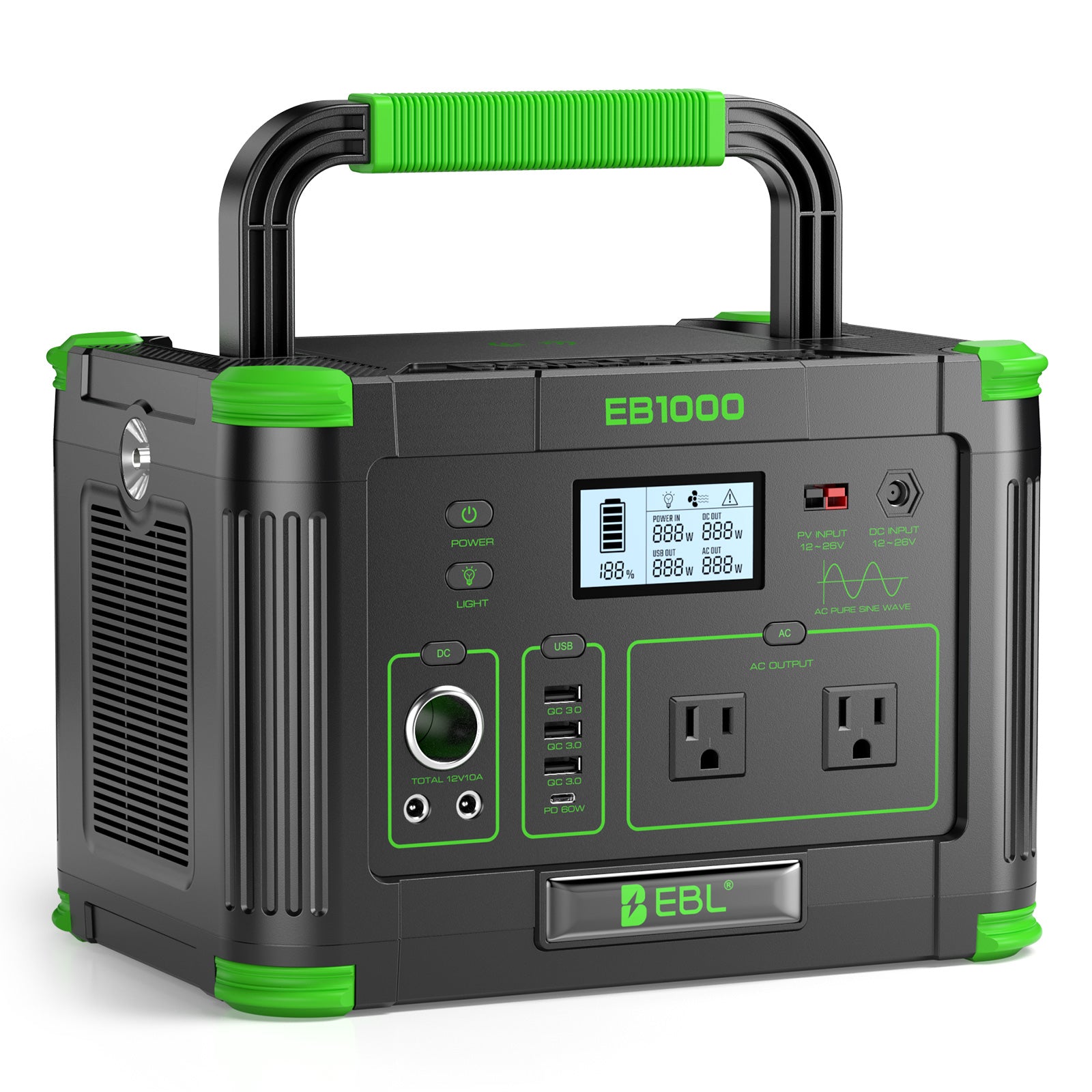
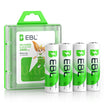
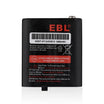
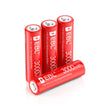
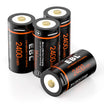
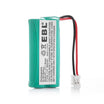
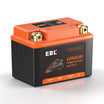
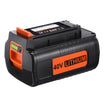
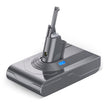
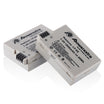
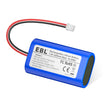
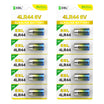
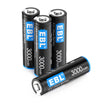
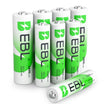
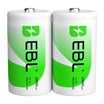
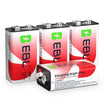

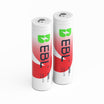
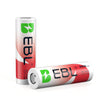
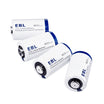
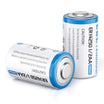
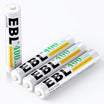
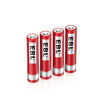
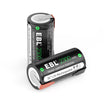
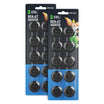
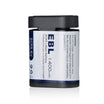
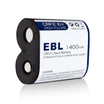
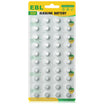
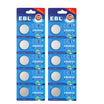
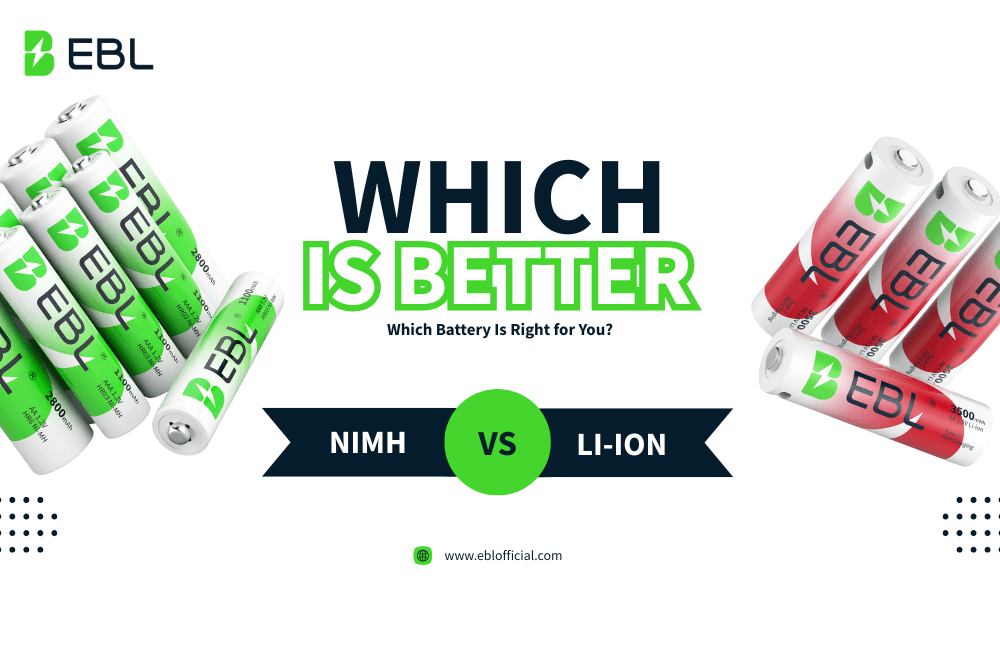
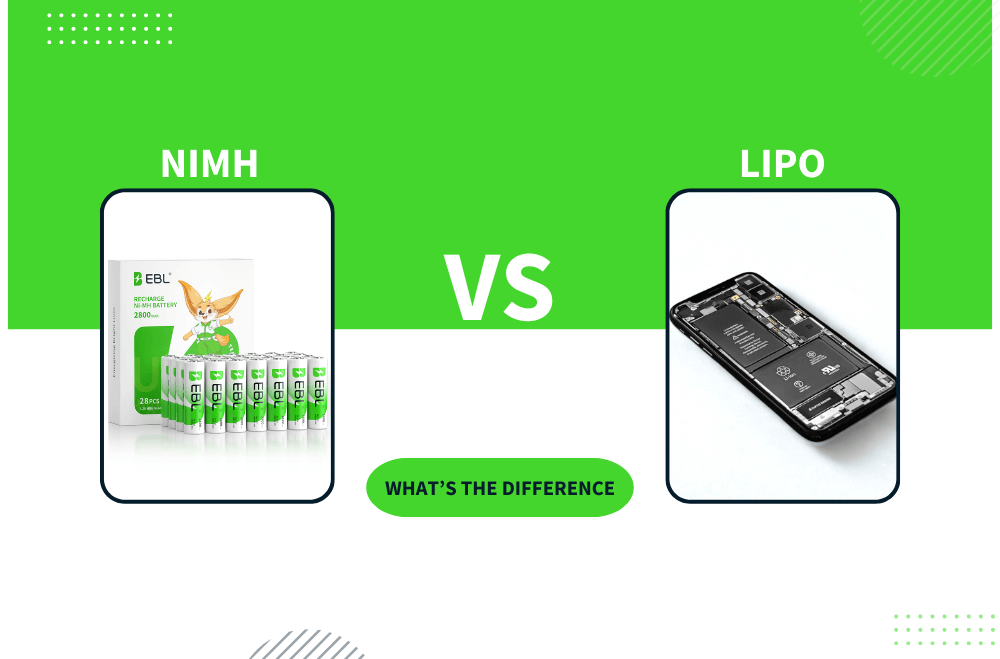


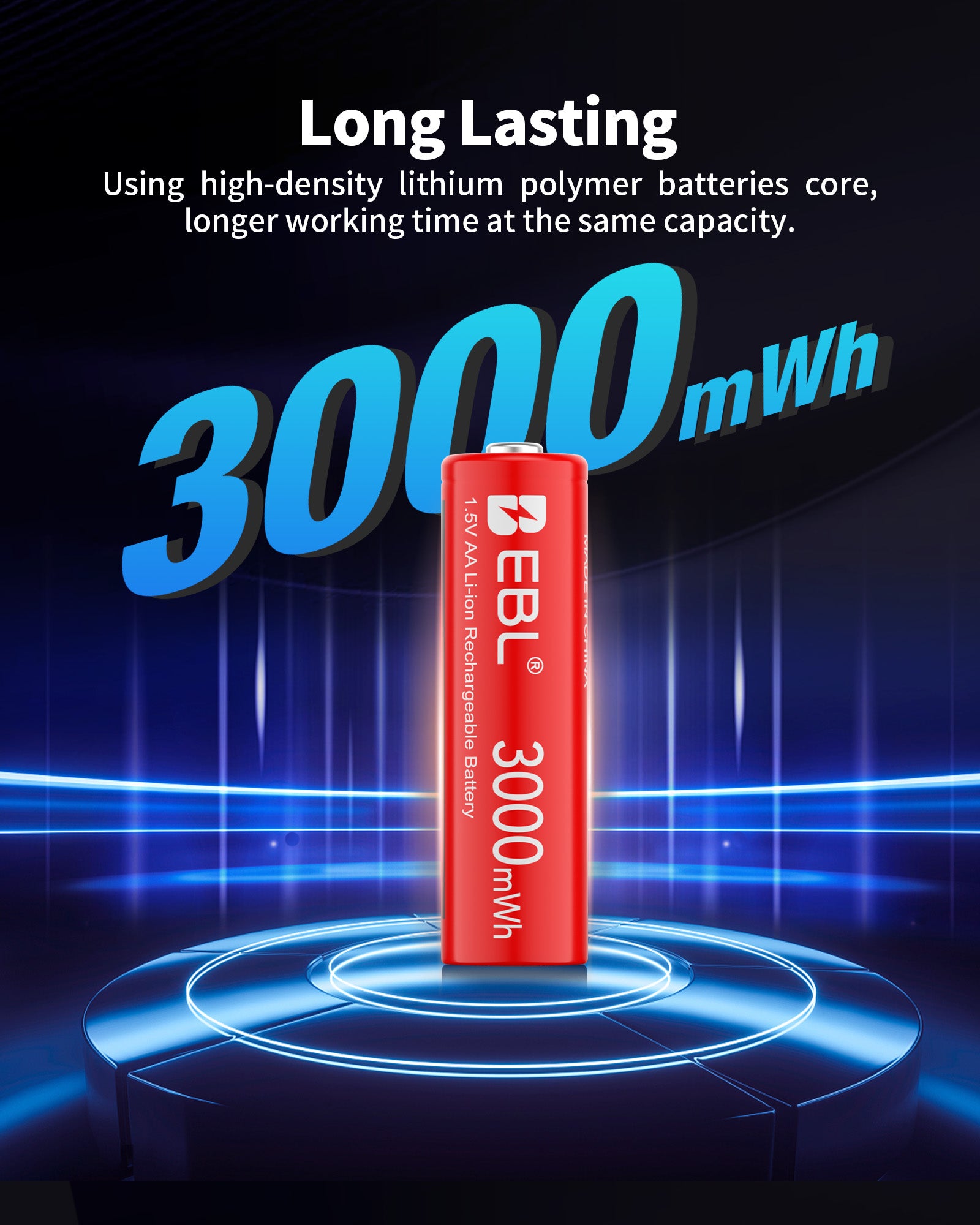
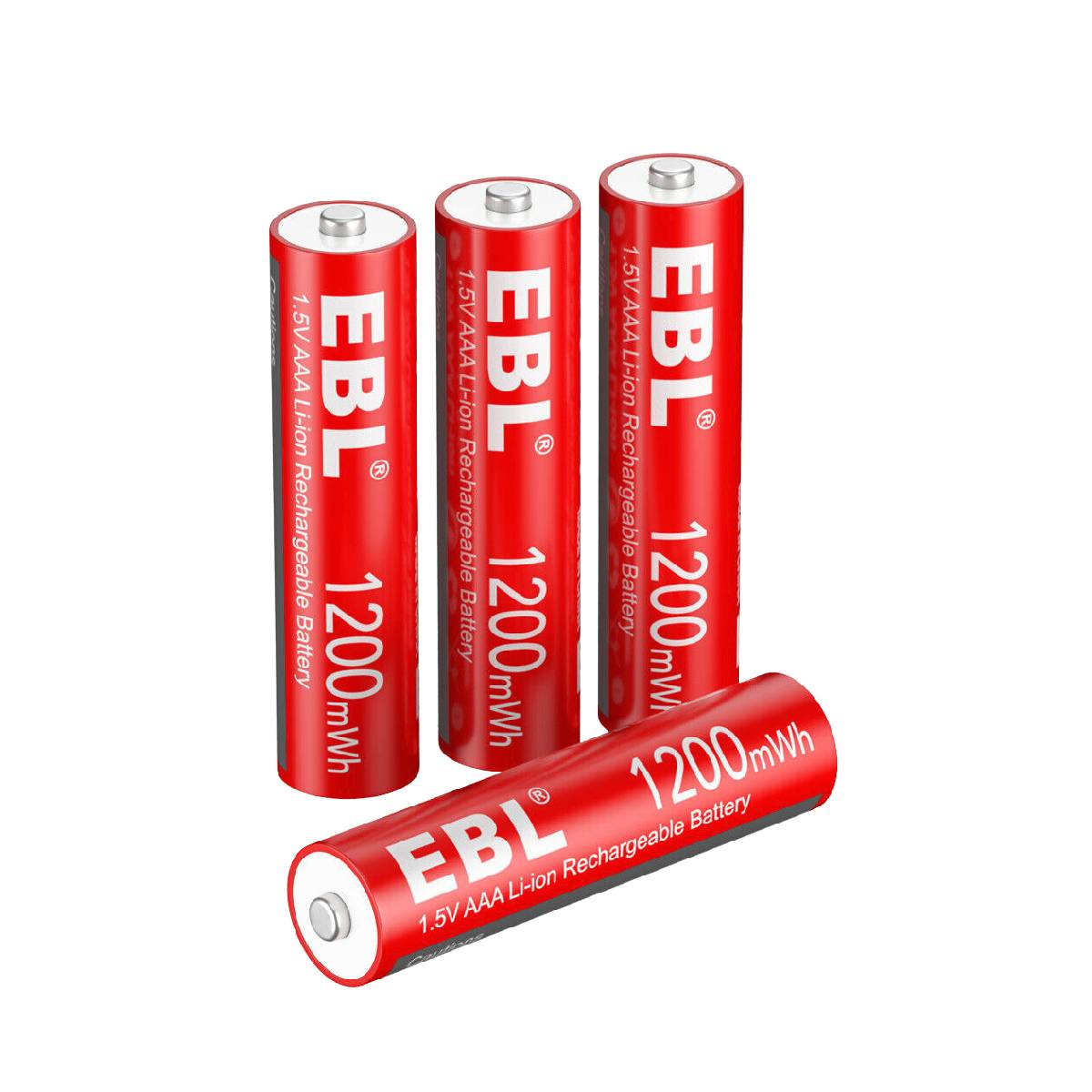
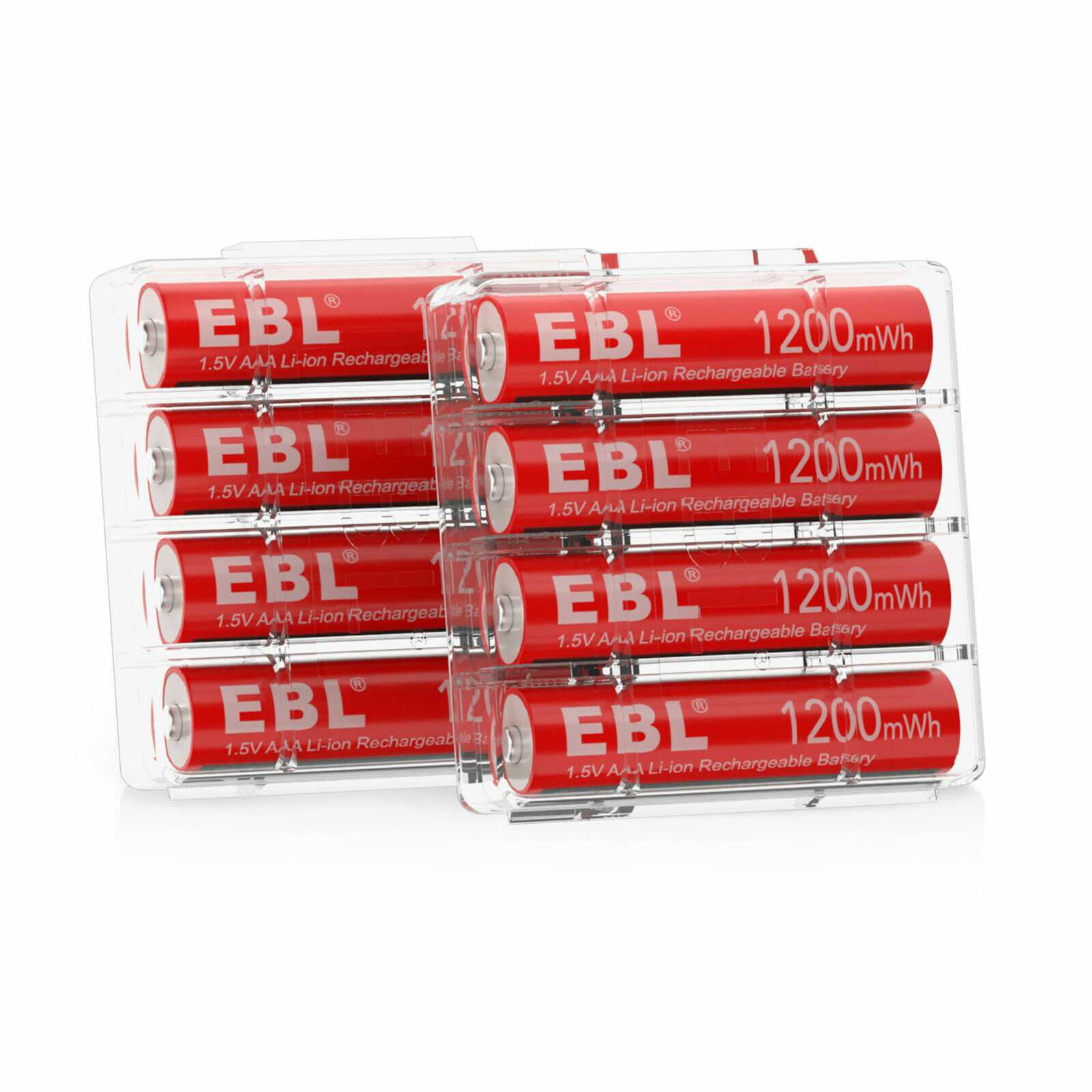
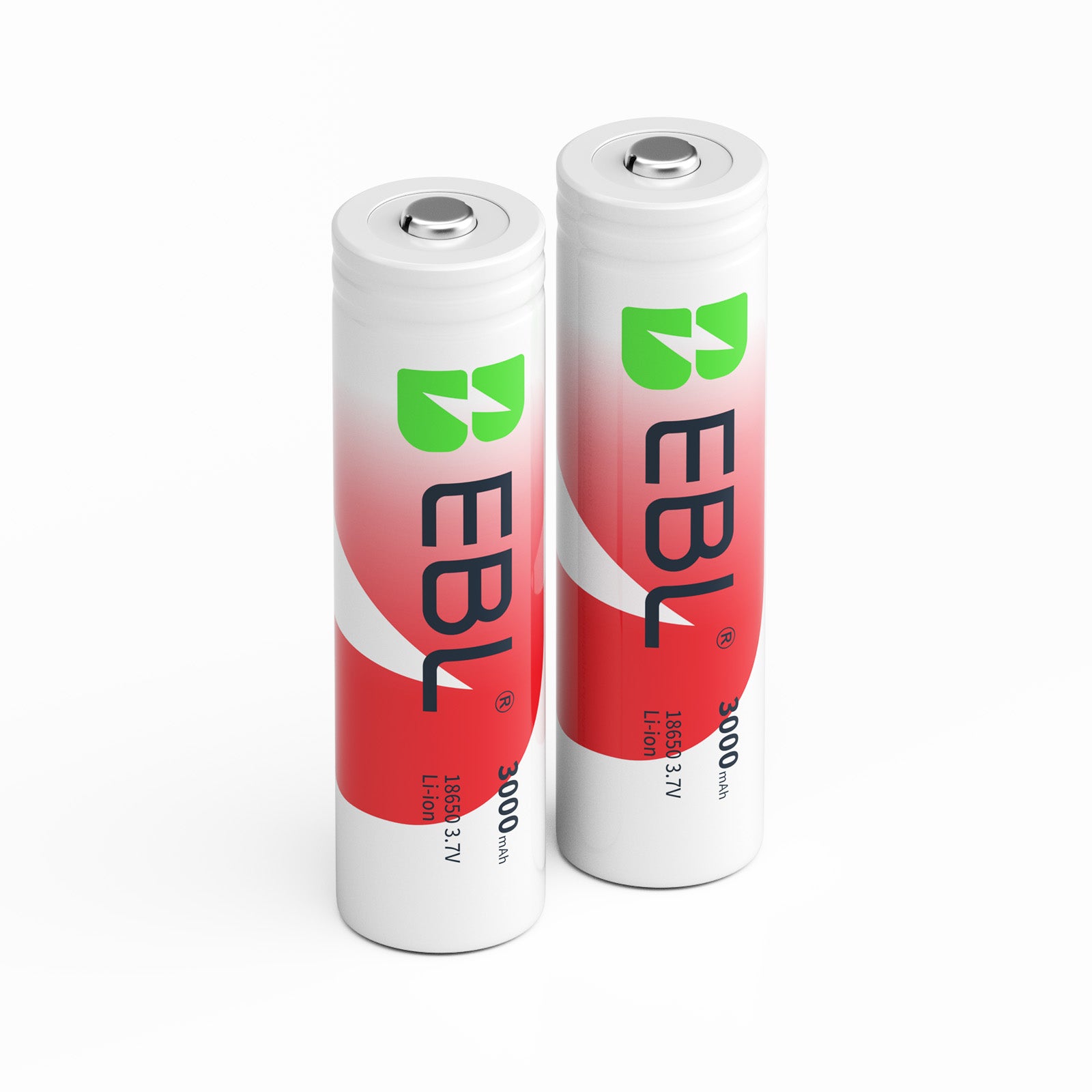
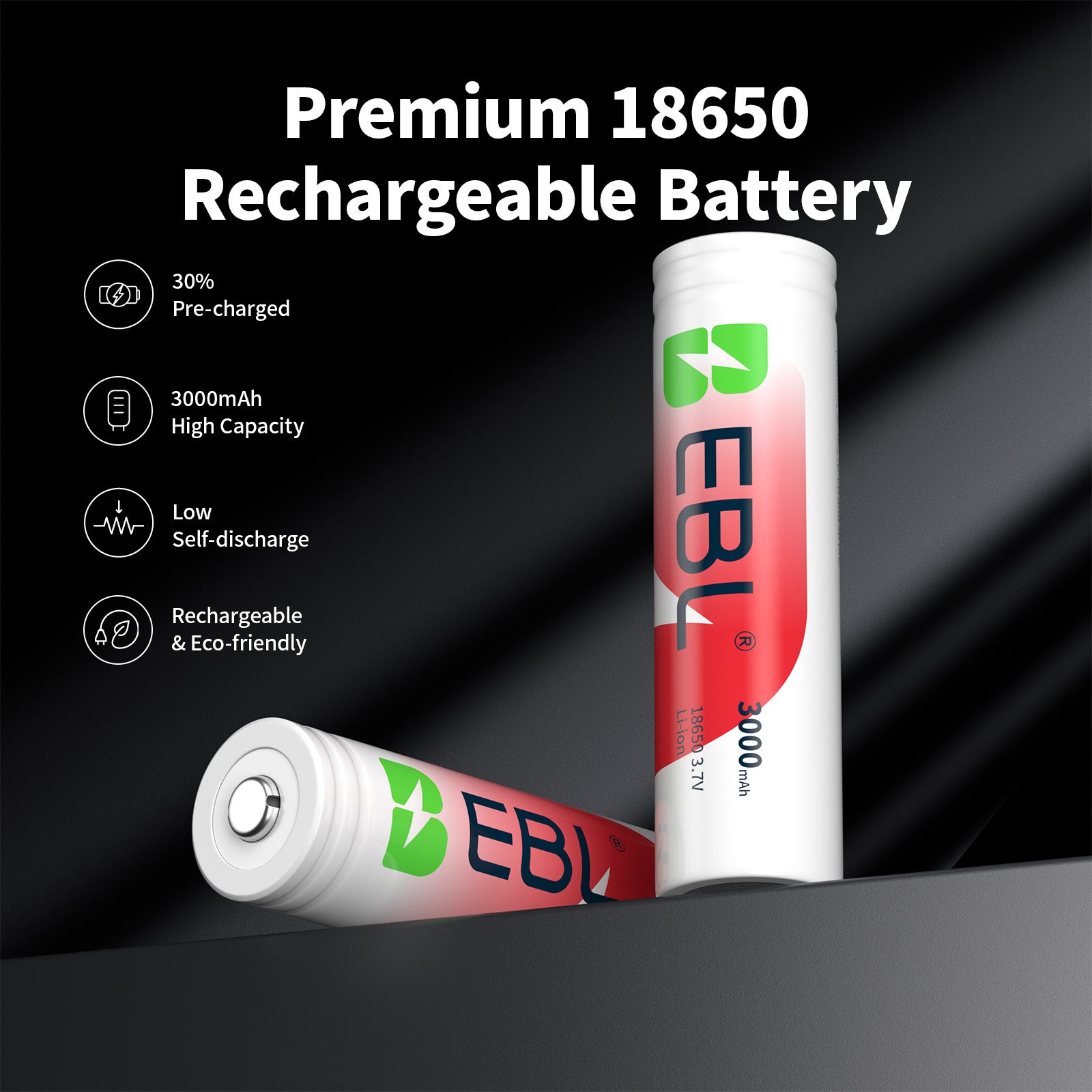
Leave a comment
All comments are moderated before being published.
This site is protected by hCaptcha and the hCaptcha Privacy Policy and Terms of Service apply.